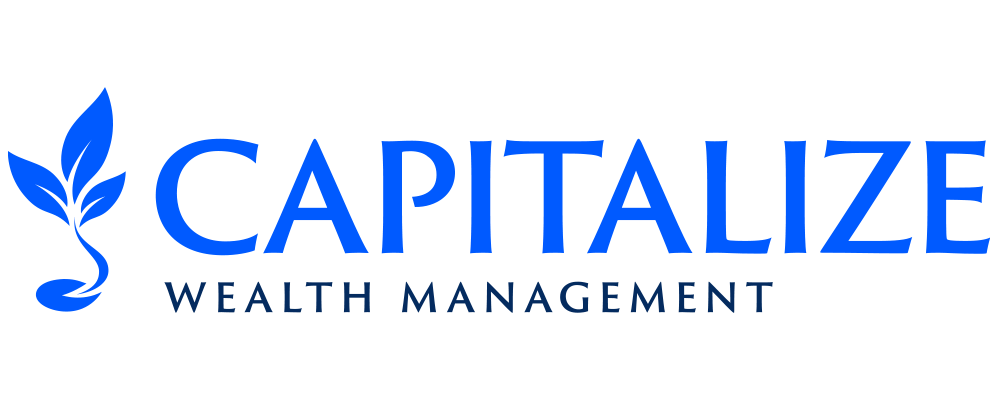
20 Feb Opportunity Zones
WHAT IS THE QUALIFIED OPPORTUNITY ZONE PROGRAM (“QOZ PROGRAM”)?
The QOZ Program was created under the 2017 Tax Cuts and Jobs Act to encourage investment in designated communities across the U.S. by providing certain tax incentives in return for committing long-term capital to these communities through investment vehicles known as Qualified Opportunity Funds (“QOFs”). Generally, to receive the QOZ Program tax benefits, eligible capital gains must be reinvested in a QOF within 180 days from the sale of a capital asset. However, the QOZ Program final regulations released on December 19, 2019 provide additional flexibility for K-1 partnership gains including the ability of a partner to start his or her 180-day window on the date the partnership’s tax return is due, without extension (March 15th for a calendar year partnership).
WHAT ARE QUALIFIED OPPORTUNITY ZONES (“QOZs”)?
QOZs are designated census tracts throughout the United States that have been selected by state governors and certified by the U.S. Department of Treasury for inclusion in the QOZ Program. Each state governor was allowed to nominate up to 25 percent of the state’s qualifying census tracts for inclusion in the QOZ Program. In total, there are over 8,700 QOZs spread across all 50 states, D.C., and several U.S. territories. Investors, which can be individuals and certain entities, may receive a combination of potential tax benefits when short and/or long-term capital gains are invested in a QOF and held for the required time-frame. A QOF is an investment vehicle organized as either a partnership or corporation that invests at least 90% of its assets in Qualified Opportunity Zone Property (“QOZ Property”). QOZ Property includes a wide variety of real estate and new or existing businesses, including commercial real estate, housing, infrastructure, and start-up businesses located in QOZs. QOFs can hold single or multiple assets. The investments made by QOFs are intended to drive economic growth and job creation in the communities in which the investments are made.
What is a Qualified Opportunity Fund (QOF)?
A Qualified Opportunity Fund (QOF) is an investment vehicle that files either a partnership or corporate federal income tax return and is organized for the purpose of investing in Qualified Opportunity Zone(QOZB) properties.
https://www.irs.gov/credits-deductions/businesses/invest-in-a-qualified-opportunity-fund
Understanding Eligibility
WHAT IS AN “ELIGIBLE” GAIN?
A capital gain is eligible for deferral if it is from the sale or exchange of property with an unrelated party (not more than 20 percent common ownership) and the gain is treated as a capital gain (short-term or long term) for federal income tax purposes, including gains from: Stocks, bonds, options, hedge funds, primary and secondary residences, businesses, machinery, commercial buildings, land, livestock, art, wine, automobiles, collectibles, cryptocurrency
WHAT IS AN “ELIGIBLE” TAXPAYER?
QOZ regulations provide that taxpayers eligible to elect gain deferral include:
- Individuals
- C Corporations (including regulated investment companies and real estate investment trusts)
- Partnerships, trusts, and certain other pass-through entities
OZ Program Tax Benefits for Investors
- Deferral of Capital Gains
Eligible capital gains can be invested into a Qualified Opportunity Fund (QOF) within 180 days of realization. By investing in a QOF, the invested capital gains tax is not due until tax year 2026 (payable in 2027).
- No Capital Gains Tax on OZ Fund Profits.
Investors who hold their investment for at least ten years receive a step-up in basis which means they pay no tax on the appreciation of their QOF Investment upon disposition, regardless of the size of the potential profit2, as far out as 2047. In addition, the step-up in basis eliminates any depreciation recapture tax that would otherwise be owed upon sale.
- Use of Depreciation with No Recapture
When an investor buys an opportunity zone (OZ) project, they can take an annual depreciation expense just like other investment properties. Once the investor exits after the 10-year mark, they will not owe depreciation recapture taxes.
Important Deadlines
The QOZ Program final regulations were released on December 19, 2019 by the U.S. Treasury Department addressing much of the uncertainty from the QOZ Program’s original legislation under the 2017 Tax Cuts and Jobs Act. Generally, to receive the QOF Program tax benefits, eligible capital gains must be reinvested in a QOF within 180 days from the sale of an asset. However, the QOZ Program final regulations provide additional flexibility for K-1 partnership gains resulting in additional planning options for financial advisors.
K-1 PARTNERSHIP GAINS
The final regulations provide additional flexibility for K-1 partnership gains resulting in additional planning options for financial advisors. For example, assuming a calendar-year partnership, K-1 partnership gains realized on or after January 1, 2022, have until September 11, 2023 to complete an investment in a QOF that is eligible for QOZ Program tax benefits due to the three options allowed for calculating their 180 day window:
- 180 days starting with the date the asset is sold;
- 180 days beginning on the last day of the partnership’s taxable year (December 31st for a calendar year partnership); or
- 180 days starting on the date the partnership’s tax return is due, without any extension (March 15th for a calendar year partnership and April 15th for a Trust).
